SANGHANI INDUSTRIAL GASES PVT LTD
SANGHANI INDUSTRIAL GASES PVT LTD
About the company
Sanghani industrial gases pvt ltd is a professionally managed company that aims to provide best in class quality service to all it’s customers. At Sanghani we makesure that no compromise is made towards the quality of our products. customer centricity is at the core of our company and their belief has led to the foundation of long lasting relationship with our customers
Our Products
Helium
Helium
Helium is used in the 1st stage of optic fibres manufacturing process. It is also used in electronics for the production of semiconductors of flat screens to create a protective inert atmosphere. Besides the above mentioned uses, it is also extensively used to guarantee superconductivity of magnets in MRI units. Helium gas therefore remains essential to guarantee various industrial processes.
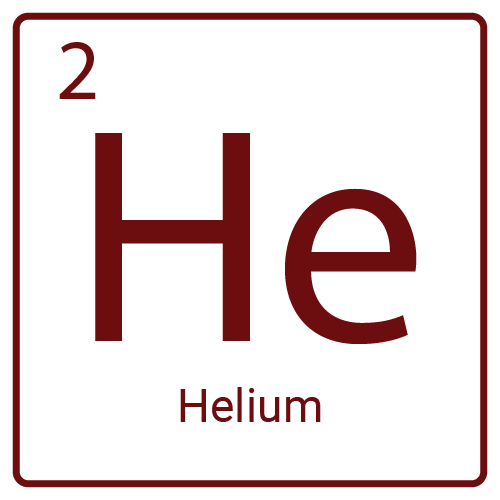
Dissolved Acetylene
Dissolved Acetylene
A compound of carbon and hydrogen, acetylene is a colorless, highly flammable gas that dissociates at normal to low pressures and needs to be stored in high-pressure tanks containing some porous material and acetone. It has active chemical property; it is easy to polymerize, synthesize and cause chemical reactions. Acetylene is the most common gas used for fueling cutting torches in both general industry and the mining industry.
Acetylene has many commercial and technical applications. The most known application for acetylene is for oxyacetylene welding, cutting and heat treating. The majority of acetylene is use in the chemical synthesis process for the manufacturing of many organic compounds such as acetaldehyde and acetic acid.
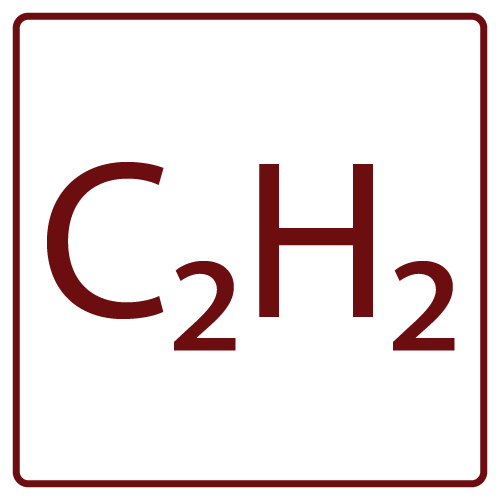
Helium
Helium
Helium is used in the 1st stage of optic fibres manufacturing process. It is also used in electronics for the production of semiconductors of flat screens to create a protective inert atmosphere. Besides the above mentioned uses, it is also extensively used to guarantee superconductivity of magnets in MRI units. Helium gas therefore remains essential to guarantee various industrial processes.

Hydrogen
Hydrogen
Hydrogen use today is dominated by the industry, namely: oil, refining, ammonia production, methanol production. In electronics, hydrogen is used as a carrier gas for diverse applications such as manufacturing of electronic components. It offers excellent protection against impurities and oxidation. In glass industry, it is essential for manufacture of flat glass used for flat screens.
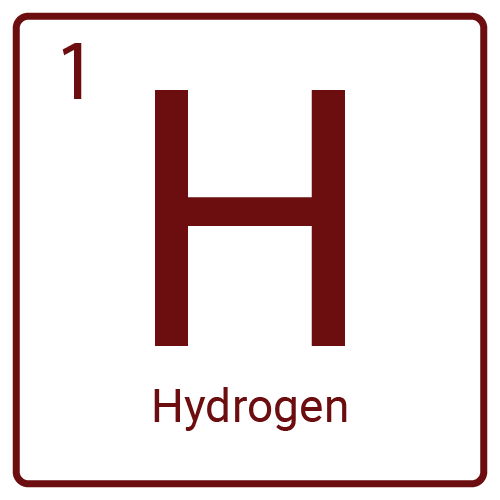
Dissolved Acetylene
Dissolved Acetylene
A compound of carbon and hydrogen, acetylene is a colorless, highly flammable gas that dissociates at normal to low pressures and needs to be stored in high-pressure tanks containing some porous material and acetone. It has active chemical property; it is easy to polymerize, synthesize and cause chemical reactions. Acetylene is the most common gas used for fueling cutting torches in both general industry and the mining industry.
Acetylene has many commercial and technical applications. The most known application for acetylene is for oxyacetylene welding, cutting and heat treating. The majority of acetylene is use in the chemical synthesis process for the manufacturing of many organic compounds such as acetaldehyde and acetic acid.

Nitrogen
Nitrogen
Nitrogen can be used in virtually any industry to improve yields and optimize performance. It enables the safe storage and use of flammables and prevents explosion of combustibles. In addition Nitrogen improves the quality and shelf life of air sensitive materials such as food, pharmaceuticals and electronic products.
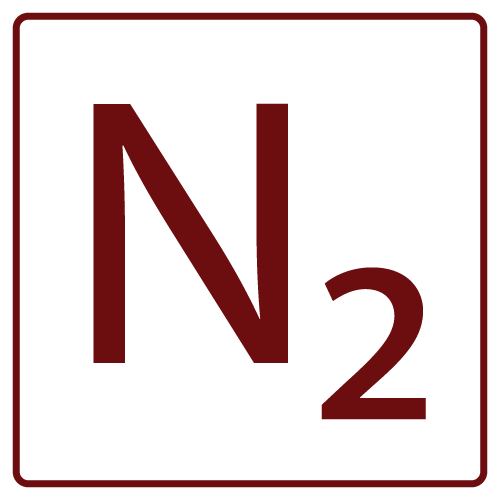
Oxygen
Oxygen
Oxygen is a colorless, odorless, tasteless gas. In addition to its use as respiratory gas for healthcare, oxygen has strong oxidizing properties that can benefit many industries by improving yields, optimizing performance, lowering cost and reducing carbon footprint compared to other fuels. Combined with argon and carbon dioxide it can also be used for metal cutting, welding cleaning and melting applications
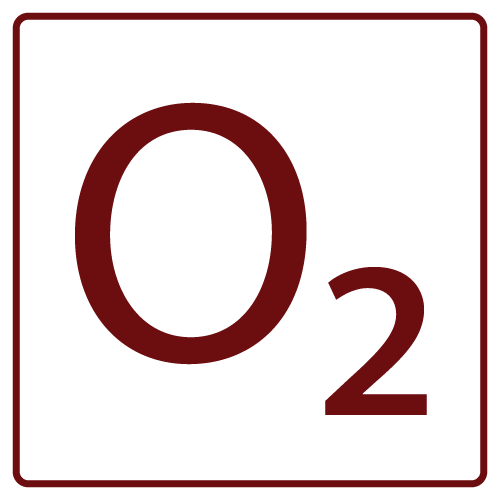
Argon
Argon
Most commonly used in metal industry for metal production, processing and fabrication. Its inert properties make argon popular in other industries such as the glass industry for double glazing, food industry for removing oxygen from wine barrels and analytical laboratories which use it as a carrier gas for treatments such as chromatography

Helium
Helium
Helium is used in the 1st stage of optic fibres manufacturing process. It is also used in electronics for the production of semiconductors of flat screens to create a protective inert atmosphere. Besides the above mentioned uses, it is also extensively used to guarantee superconductivity of magnets in MRI units. Helium gas therefore remains essential to guarantee various industrial processes.

Hydrogen
Hydrogen
Hydrogen use today is dominated by the industry, namely: oil, refining, ammonia production, methanol production. In electronics, hydrogen is used as a carrier gas for diverse applications such as manufacturing of electronic components. It offers excellent protection against impurities and oxidation. In glass industry, it is essential for manufacture of flat glass used for flat screens.

Carbon-dioxide
Carbon-dioxide
Carbon dioxide is used by the food industry, the oil industry, and the chemical industry. The compound has varied commercial uses but one of its greatest uses as a chemical is in the production of carbonated beverages; it provides the sparkle in carbonated beverages. Carbon dioxide in solid and in liquid form is used for refrigeration and cooling. It is used as an inert gas in chemical processes, in the storage of carbon powder and in fire extinguishers. Carbon dioxide is used on a large scale as a shield gas in MIG/MAG welding, where the gas protects the weld puddle against oxidation by the surrounding air. A mixture of argon and carbon dioxide is commonly used today to achieve a higher welding rate and reduce the need for post weld treatment.
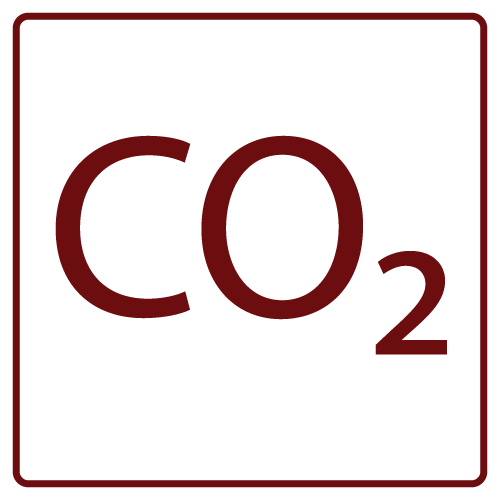
Dissolved Acetylene
Dissolved Acetylene
A compound of carbon and hydrogen, acetylene is a colorless, highly flammable gas that dissociates at normal to low pressures and needs to be stored in high-pressure tanks containing some porous material and acetone. It has active chemical property; it is easy to polymerize, synthesize and cause chemical reactions. Acetylene is the most common gas used for fueling cutting torches in both general industry and the mining industry.
Acetylene has many commercial and technical applications. The most known application for acetylene is for oxyacetylene welding, cutting and heat treating. The majority of acetylene is use in the chemical synthesis process for the manufacturing of many organic compounds such as acetaldehyde and acetic acid.










